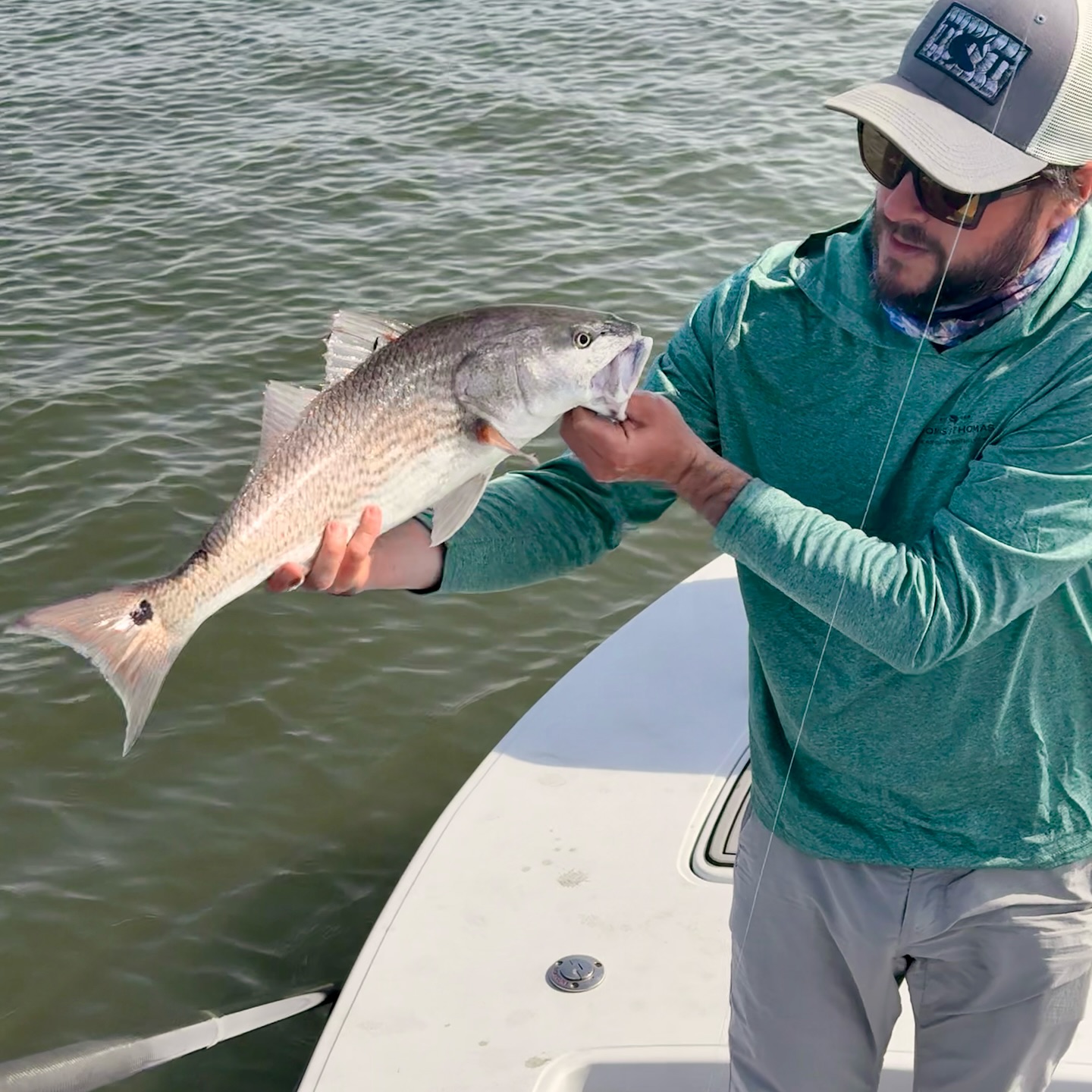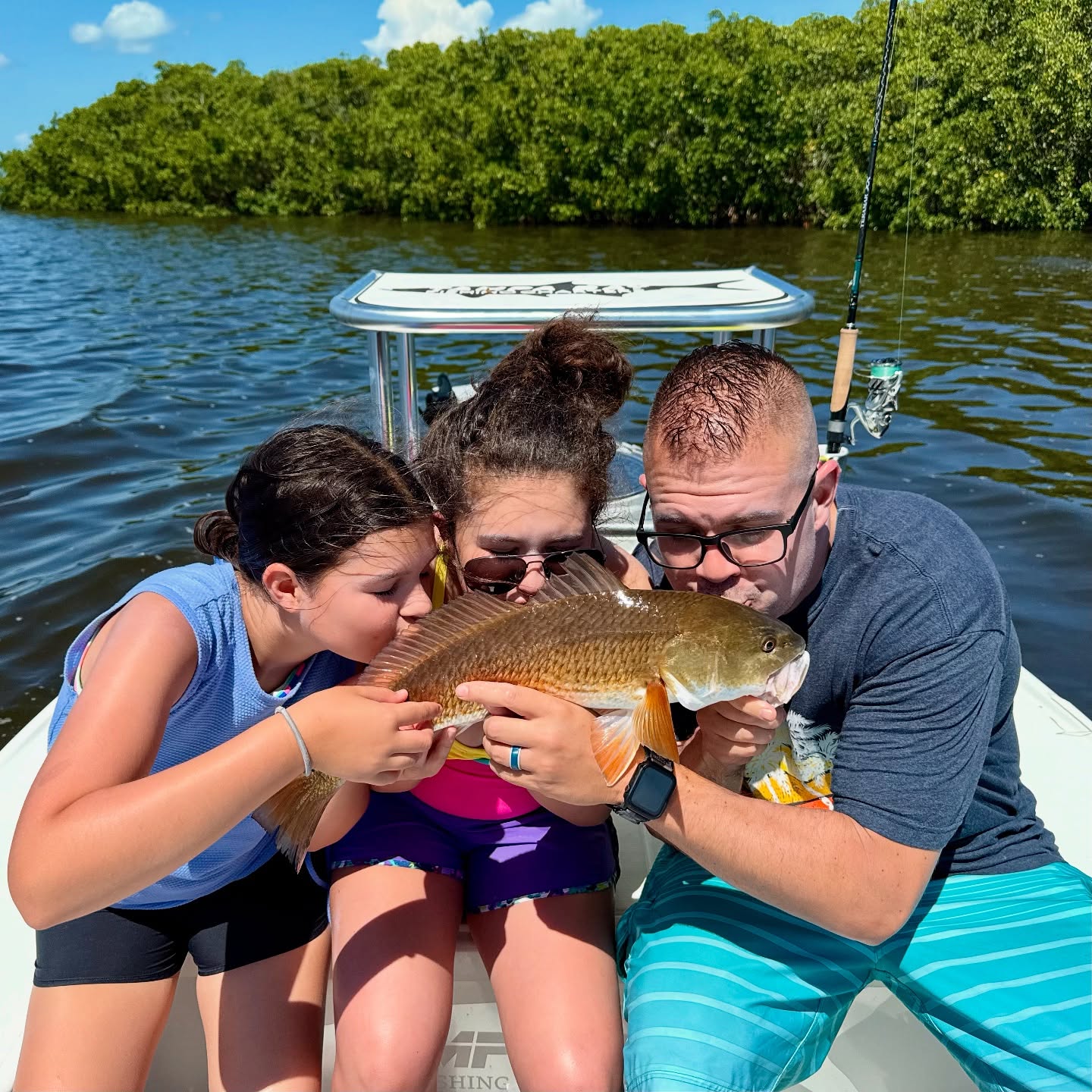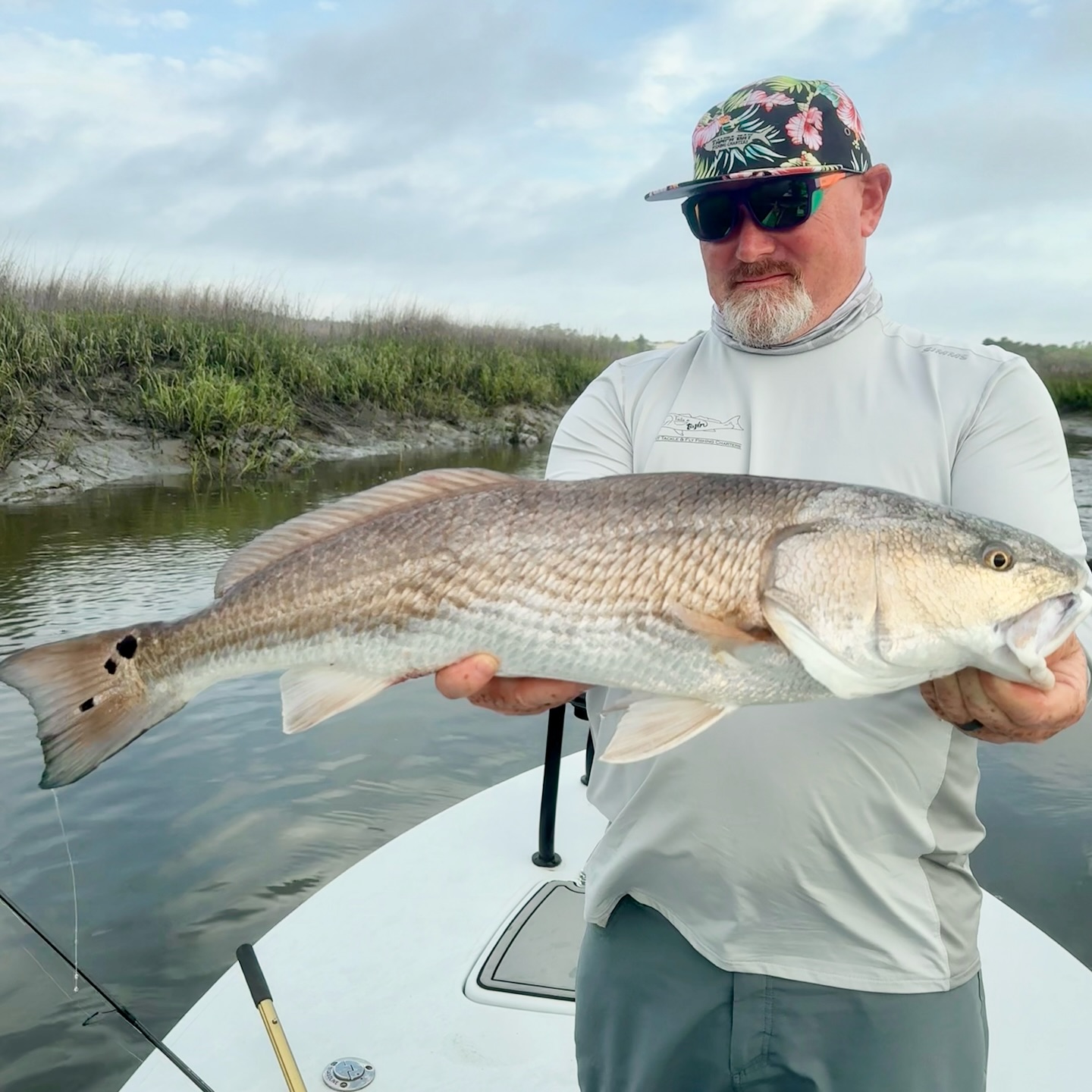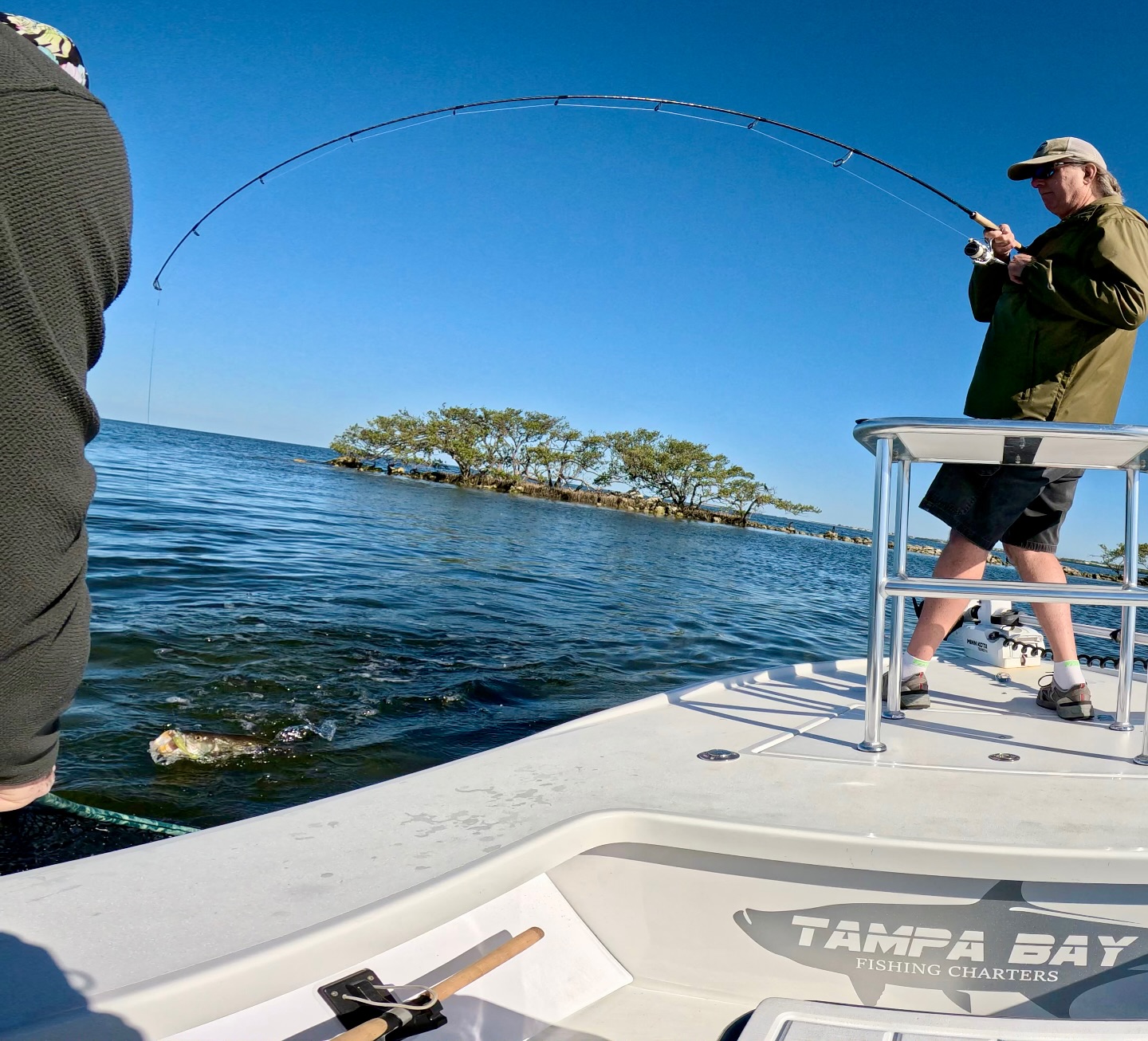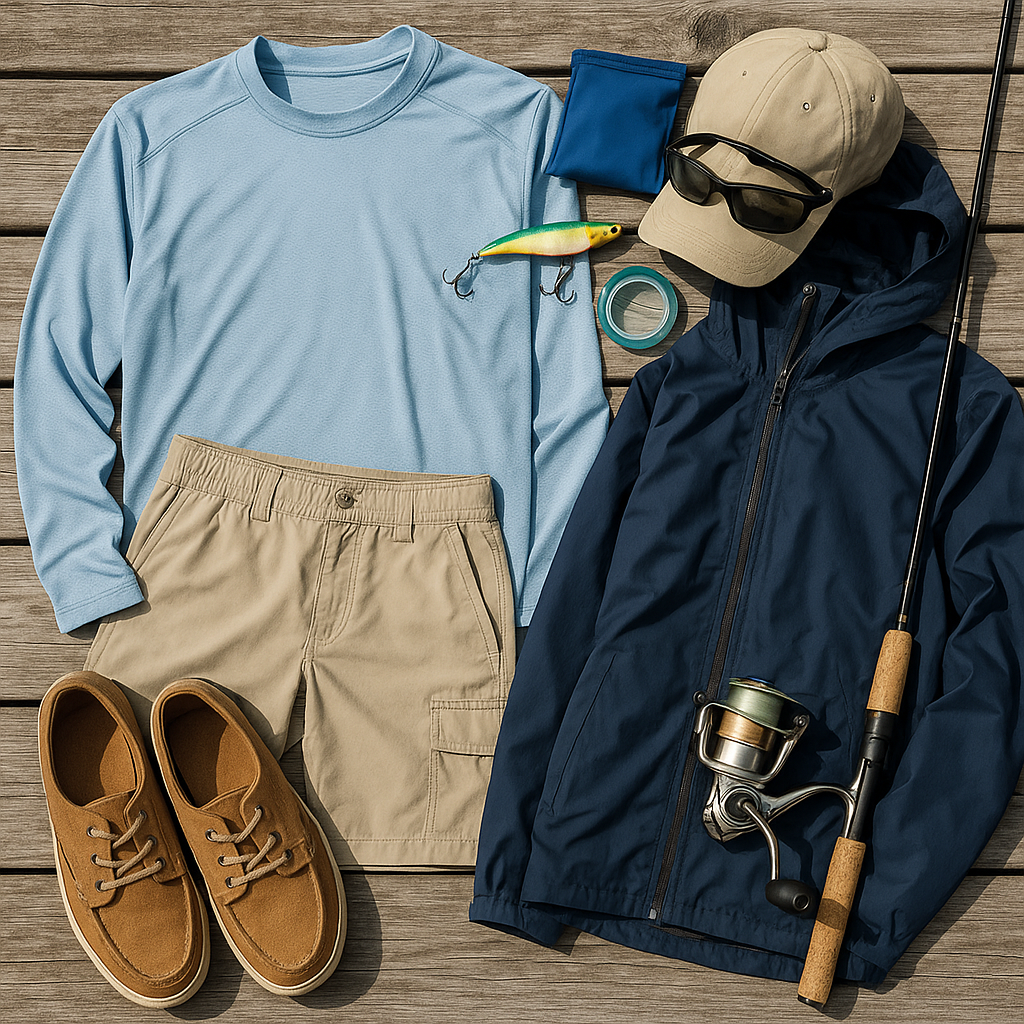Identifying Fish Species in Tampa Bay Waters
Misidentifying a fish in Tampa Bay can cost you. The rules are strict, and the fish change with the season and the spot. You need to know what you’re looking at before you unhook it. That’s how you avoid fines, protect the fishery, and make your time on the water count. As guides, we’ve seen firsthand how quickly a mistaken ID can turn a great day into a headache, so our team always emphasizes the details that matter most.
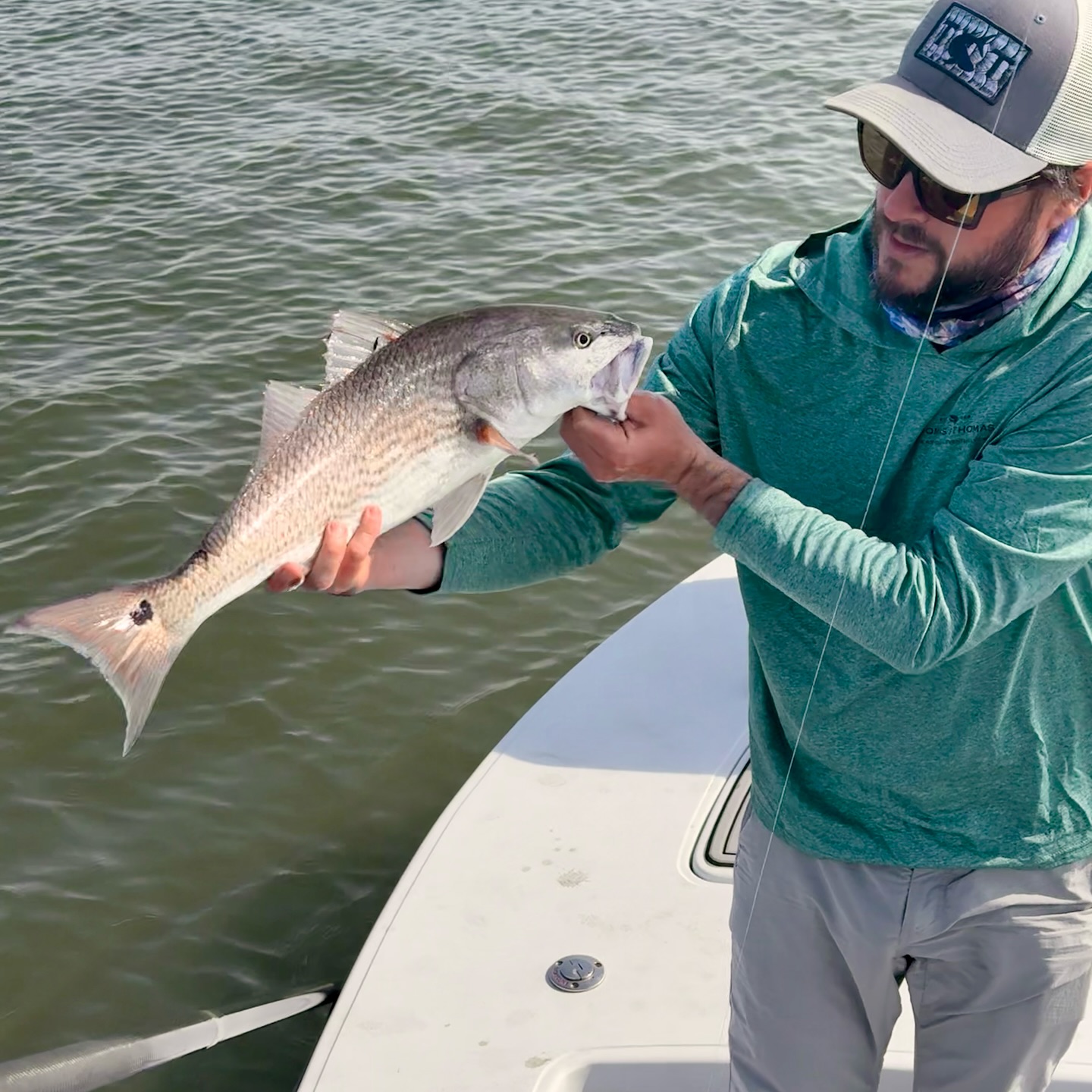
Spotting the Right Fish Fast
Confusion on the deck wastes time. Snook and redfish can look similar in the net, especially when the light’s low or the fish is thrashing. Miss the details and you risk a ticket or a dead fish that should have gone back. The black lateral line on a snook stands out. Redfish flash copper and show a single black spot near the tail. Spotted seatrout have yellow mouths and teeth that grab soft plastics. Tarpon shine like chrome, with scales big enough to see from the bow. Spanish mackerel dart in with yellow spots and teeth that slice through mono in a second.
- Snook: Black stripe, sloped head, lower jaw juts out
- Redfish: Copper body, black tail spot, mouth points down
- Spotted Seatrout: Dark spots, yellow mouth, sharp teeth
- Tarpon: Huge silver scales, upturned mouth, long dorsal filament
- Spanish Mackerel: Blue-green back, yellow spots, razor teeth
Every one of these Tampa Bay gamefish species brings a different fight and a different set of rules. Get the ID wrong and you lose more than a photo. You lose the trust of the water and the fishery.
Where Fish Stack Up
Fish don’t spread out evenly. They stack up in the right spots, and those spots change with the tide, the season, and the weather. Grass flats hold redfish, trout, and snook when the water warms. Mangrove shorelines hide snook and redfish, with juvenile tarpon rolling in the shadows. Bridge pilings turn into sheepshead and black drum territory, with grouper lurking deep. Channel edges bring in mackerel, cobia, and kingfish. Oyster bars draw redfish, black drum, and sheepshead looking for an easy meal.
- Grass Flats: Redfish, trout, snook (especially in warm months)
- Mangrove Shorelines: Snook, redfish, young tarpon
- Bridge Pilings: Sheepshead, black drum, grouper
- Channel Edges: Spanish mackerel, cobia, kingfish
- Oyster Bars: Redfish, black drum, sheepshead
Dialing in on Tampa Bay's diverse habitats means you waste less time and put more fish in the boat. Fish the wrong spot and you’ll spend the day casting to empty water. Our guides at Tampa Fishing Charters know how quickly these patterns shift, and we’re always scouting to keep you on the bite.
Physical Details That Never Lie
Body shape, fin placement, and color patterns tell the story. Snook show a sloped head and a black racing stripe. Redfish flash copper and carry a single black spot near the tail. Spotted seatrout have a mouth that glows yellow and teeth that grab. Tarpon show off massive silver scales and a dorsal fin that trails behind. Spanish mackerel flash blue-green and yellow, with teeth that cut through leaders in a blink. These details don’t change, even when the water’s dirty or the fish is fired up.
Tarpon, in particular, stand out. Their scales reflect sunlight like mirrors. The dorsal filament trails behind, easy to spot even in a school. Tarpon display massive silvery scales and a mouth built for gulping baitfish. Miss these signs and you’ll never know what you hooked until it’s at the boat, or gone.
Seasonal Shifts on the Water
Fish move. Spring brings tarpon in by the thousands. They roll on the surface, gulping air, and test every knot and leader. Fall means mullet runs. Predator fish follow, smashing bait in shallow water. Redfish school up in tight pods, pushing wakes across the flats. Snook slide out of the rivers and creeks, looking for food and warmer water. Trout move deeper when the heat climbs, then return to the shallows as things cool off. Tarpon migrations and mullet runs aren’t just stories. They’re the best times to find the fish you want.
- Spring: Tarpon, snook, redfish on the move
- Summer: Trout and mackerel on the flats, snook in the passes
- Fall: Redfish schools, mullet runs, predators everywhere
- Winter: Sheepshead, black drum, trout in deeper holes
Miss the timing and you’ll fish empty water. Hit it right and you’ll see more action in a morning than most anglers see all year. We help anglers time their trips for these peak windows, so you get the most out of every cast.
When Multiple Species Mix
Some days, the same cast brings a different fish every time. Snook and redfish share mangrove edges, especially when bait is thick. Trout and mackerel chase the same schools, slashing through glass minnows and whitebait. Sheepshead and black drum pick at the same pilings, ignoring each other while they crunch barnacles. Snook and redfish often share mangrove shorelines, and it’s not rare to see a tarpon roll while you’re working a school of reds. Knowing what’s likely to hit next keeps you ready with the right tackle and the right plan.
- Snook and redfish: Mangroves, oyster bars, creek mouths
- Trout and mackerel: Open flats, bait schools, channel edges
- Sheepshead and black drum: Pilings, docks, rocky bottom
Switch up baits, change your retrieve, and you’ll find out fast what’s hungry. The best days come when you’re ready for anything. Our Tampa Fishing Charters team is always prepared for those mixed-bag days, making sure you have the right gear and advice for whatever bites next.
Ready to Fish Tampa Bay Waters?
Call Tampa Fishing Charters at 813-732-5971 or Book Now to learn from our experienced guides who know these waters and species inside and out.
← Previous Post Next Post →

